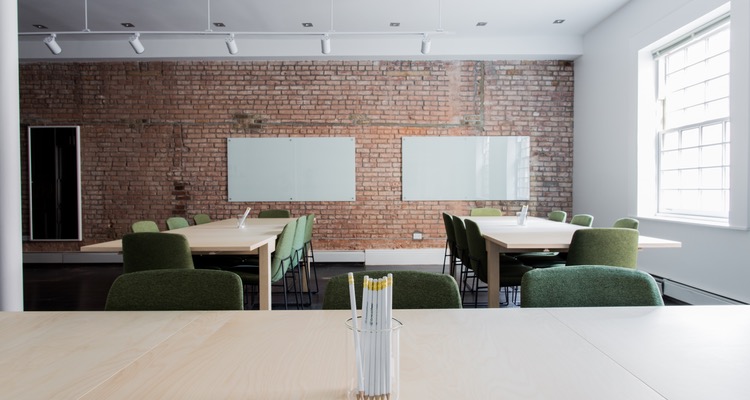
Photo Credit: pexel
Educators across the nation are re-thinking the role of social media in the classroom. In fact, some school districts are now making headlines by introducing social media bans as part of an experiment to see if reduced social media usage can boost grades, improve student behavior and enhance school safety.
And these social media experiments are not just being launched by Luddites and reactionary Red State conservatives. One pilot program that’s gaining notice by educators is in Madison, Wisconsin – the sort of liberal, progressive college town where you might expect the current wave of school kids to grow up with smartphones, tablets and plenty of access to social media. Four schools in Madison plan to block access to social media sites via the school’s Wi-Fi network. Try to access Facebook, Twitter or Instagram, and you’ll get blocked.
Classroom performance
One problem, say educators, is something known as the “zombie walk.” That’s right, kids are walking around all day with their heads down, eyes glued to a tiny screen as they relentlessly check their social media accounts, just like tiny zombies. That can’t help but lead to distraction in the classroom and poorer student performance. In the old days, kids passed around paper notes. Now they tag each other in social media posts.
In response, some schools have banned phones entirely. Others have allowed mobile phone use only in certain common areas. Others have banned their use in certain places, such as on school buses.
School violence
But there are bigger issues at stake, too. One of the biggest has to do with school violence. Even if you don’t have kids in school, you’ve probably seen or heard about videos posted on social media of violent fights and beatings. As soon as a fight breaks out at a school, you can be assured that someone is going to try to live stream it. That only feeds the cycle of violence.
And schools are also understandably concerned about guns in school and any implied threats of violence. In some cases, kids have been suspended from school simply for posting photos of guns on Instagram. In other cases, schools have been evacuated and put on full lock-down when students start making threats on social media.
Cyberbullying
And, finally, there’s one issue that seems to have really intensified, and that’s cyberbullying. Social media is the newest way for kids to bully other kids. Back in the day, the queen bees of a school meted out punishment to others in a clique by giving them the silent treatment. Now they give that same silent treatment to social media posts — an even stronger form of ostracism in today’s digital world. And, in some cases, they will post embarrassing videos on social media in an attempt to shame others.
Where things get really, really sick is when these cyberbullying efforts lead to suicide. Just as adults have invented various forms of social media challenges, so have kids. And the ones they’ve invented go far beyond just things like the “Ice Bucket Challenge.” One teen social media challenge is known as the “Blue Whale Challenge,” in which kids challenge other kids to commit suicide within 50 days.
Of course, it’s hard to stuff the social media genie back into the bottle. Mashable’s response to these new school crackdowns on social media was predictable: “LOL educators, good luck with the war on social media.”
Ultimately, the responsibility might lay with parents and not educators. Just as parents should know who their kids are hanging out with in the real world, they should know where they are hanging out on social media. And they should definitely enforce limits on how much social media kids are consuming, and how early in life they are getting started on social media.